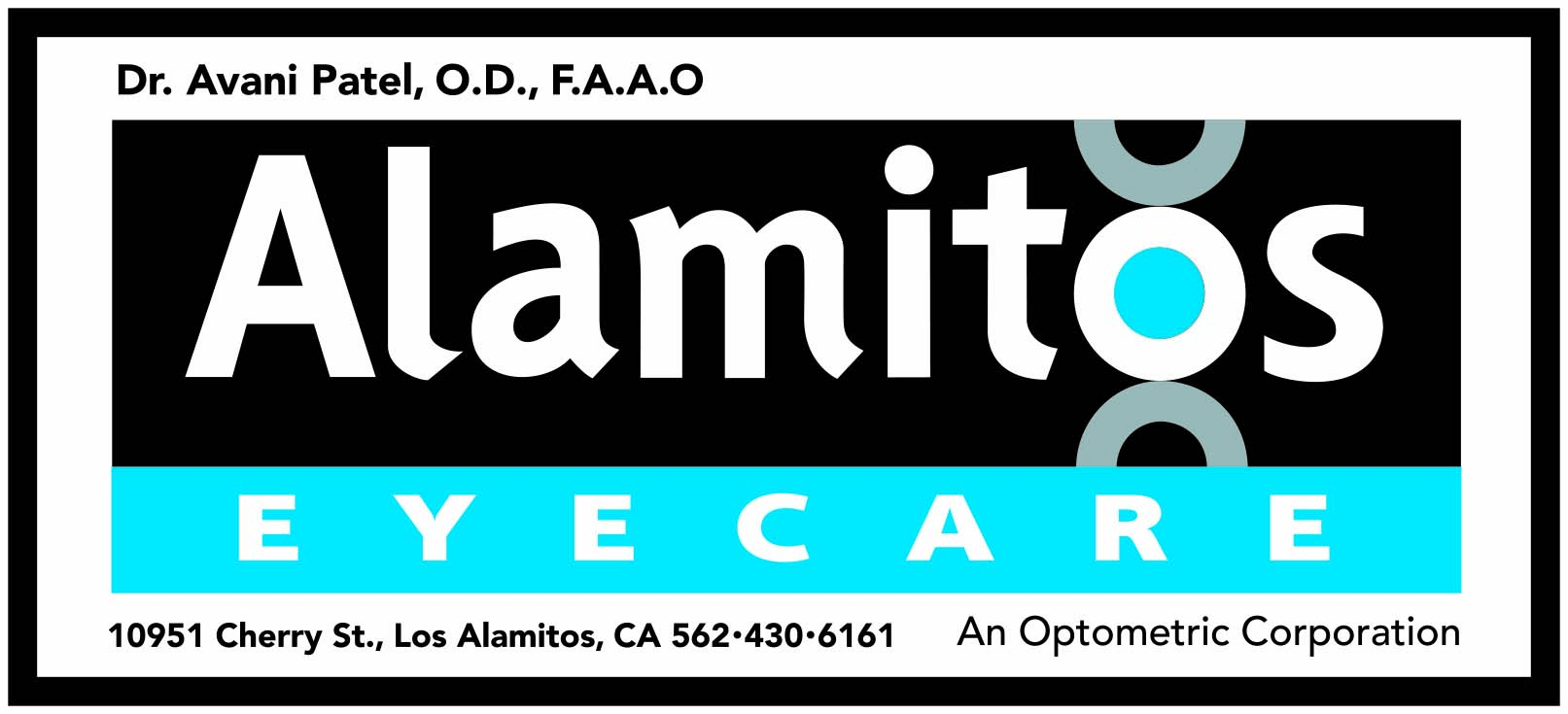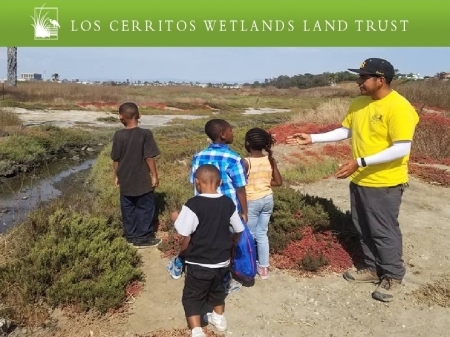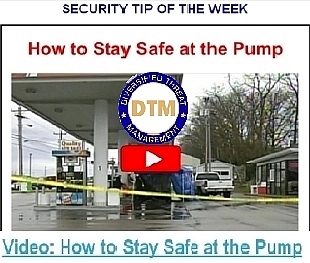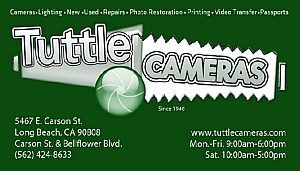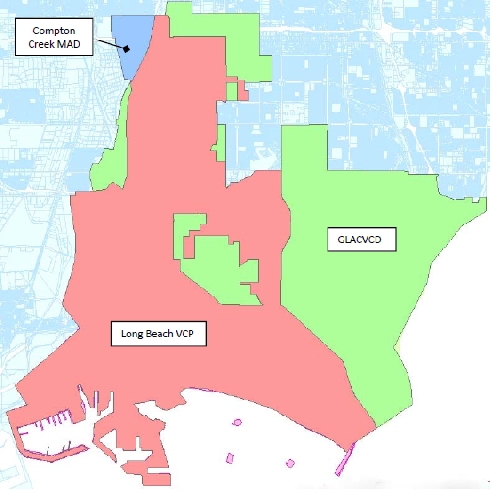A July 19 press release from the Greater Los Angeles Vector Control District (GLACVD) simply said the area was zip code 90803 but LBREPORT.com inquired further and GLAVCD Public Information Officer Anais Medina Diaz provided us with additional information.
The agency's mosquito sample trap was on the Los Cerritos wetlands (we don't have a more precise location). It was a common culex mosquito. GLACVCD sends its trapped mosquitos each week to UC Davis for testing and just received the results. The agency plans to continue its protocol of surveillance and prevention using a larvicide -- in this case a natural bacterial substance (not a chemical) that disrupts mosquitoes in their larval stage before they become flying infective mosquitoes. GLACVCD may also post signs in the area and convey information through social networks.
For years, public health agencies have said WNV should be considered endemic to the overall area (not just one zip code but basically everywhere) and thus advise sensible anti-mosquito precautions all across LB (details below.)
The issue of mosquitoes and the wetlands became problematic over a decade ago under different circumstances than today. In 2004, an elderly woman died after she was bitten by a WNV-infected mosquito in the area of Clark/Wardlow. In summer 2005, a large area from the Seal Beach/Los Cerritos wetlands through SE LB into ELB extending inland to El Dorado Park became a hotbed of WNV mosquito activity. At one point, GLACVCD crews went door to door in the Palo Verde/Studebaker and Atherton/Willow areas trying to find the mosquito breeding source(s). In late June 2005, GLACVD did ground fogging in the wetlands area to try to reduce adult mosquitoes. None of this is happening now.
In February 2006, GLACVCD invoked a 2003 abatement order and the then-wetlands property owner, Bixby Ranch Co., complied by bringing a bulldozer-size weed-whacker vehicle onto the wetlands east of the Marketplace (south of 2nd St. near Studebaker Rd.) and tore out large chunks of tule grass vegetation. As reported by LBREPORT.com at the time, GLACVD said it sent the property owner a reminder notice on compliance and the property owner undertook the vegetation-removal in response to GLACVCD's notice. Today, the 33 acre chunk south of 2nd St. immediately east of the Marketplace is the owned by the city of Long Beach and the wetlands north of 2nd St. are currently owned by Synergy Oil.
[Scroll down for further.]

